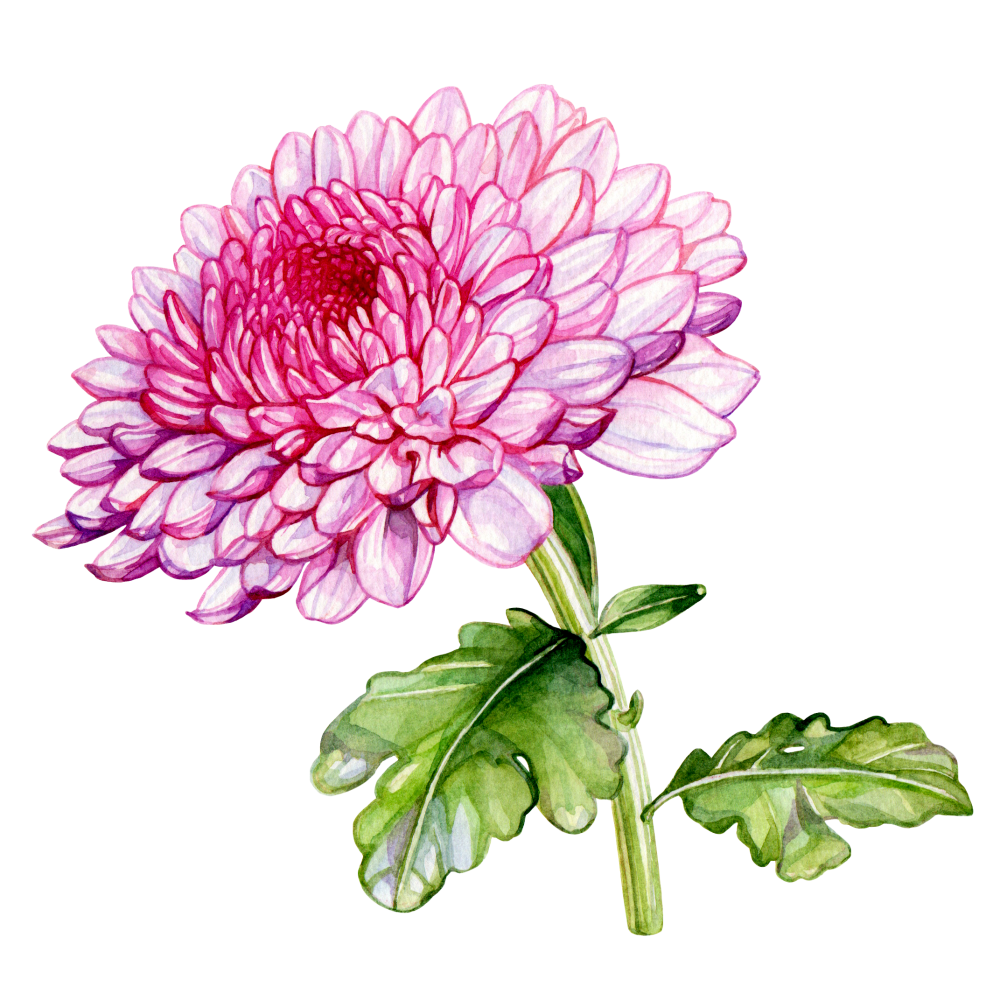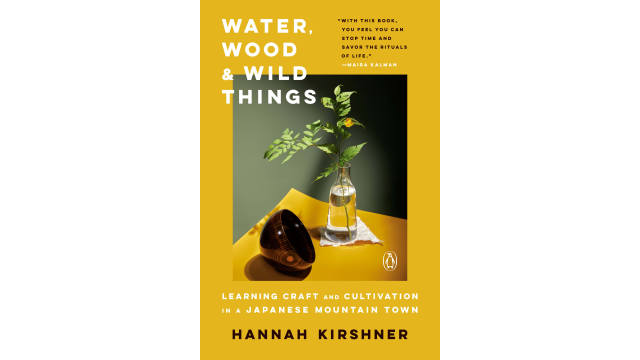Chrysanthemum

Latin name: Glebionis coronarium
Other names: edible chrysanthemum, shungiku, tong ho, ssukgat, garland chrysanthemum, crown garland, crown daisy
Uses: leaves, flowers
What are chrysanthemums?
Edible chrysanthemums are a member of the daisy family. Their leaves are distinctively strong-flavored, with a correspondingly snappy texture. They can be used like a cross between greens and an herb, added to a dish at the last minute so they stay crunchy-fresh. The serrated leaves are a mainstay in Japanese hotpots and common in Chinese stir fries, and the whole plant is used in traditional Chinese medicine.
Why are chrysanthemums healthy?
Chrysanthemum is extensively used in various traditions to treat chest pain, high blood pressure, diabetes, headaches, dizziness, and more. The flower is believed to increase blood flow to the heart as well as a person’s sensitivity to insulin. A tea made from the flowers is a great aid to digestion and can relieve nausea, clear up colds, and lower fevers. New research suggests that the flavonoid acacetin may prevent prostate cancer from growing.
What do chrysanthemums taste like?
Chrysanthemum leaves are herbaceous, astringent, and a little bitter, with a slightly sour tang — though the younger the leaves, the milder the flavor. The mildly floral, herbal, and astringent dried flowers are used for tea (think chamomile).
How do I use chrysanthemums?
The leaves are blanched in soups, steamed, stir-fried, or battered and fried for tempura. Collective opinion says to avoid overcooking them. Chrysanthemums also make a good Korean-style pickle or banchan (side dish) when tossed with doenjang.
What do chrysanthemums pair well with?
Their pungent flavor is complemented by garlic, onion, ginger, vinegar, soy sauce, honey, tamarind, rice wine, miso and other bean pastes, and sesame oil and seeds.
Where do chrysanthemums grow?
Edible chrysanthemum is native to the Mediterranean but migrated to Asia, where it’s more widely used in cooking. (Most other species of chrysanthemums originated from Asia, particularly China.) As with similar autumn greens — mustard, arugula, komatsuna, kale — it’s a cool-season crop. In hot weather, it can bolt and become more bitter.
How to buy chrysanthemums:
You’ll find bundled bunches of them in the vegetable section of Asian markets. If you’re foraging them, the leaves are best harvested when younger, and just before you intend to use them because they wilt easily.
Fun chrysanthemum fact:
The Asteraceae family is one of the largest in the botanical world, and there are thousands of chrysanthemum cultivars. Chrysanthemum coronarium seedlings can grow to be up to 4 feet tall and form dense stands (crowding out other plants, which is why they are sometimes considered weedy or invasive).



